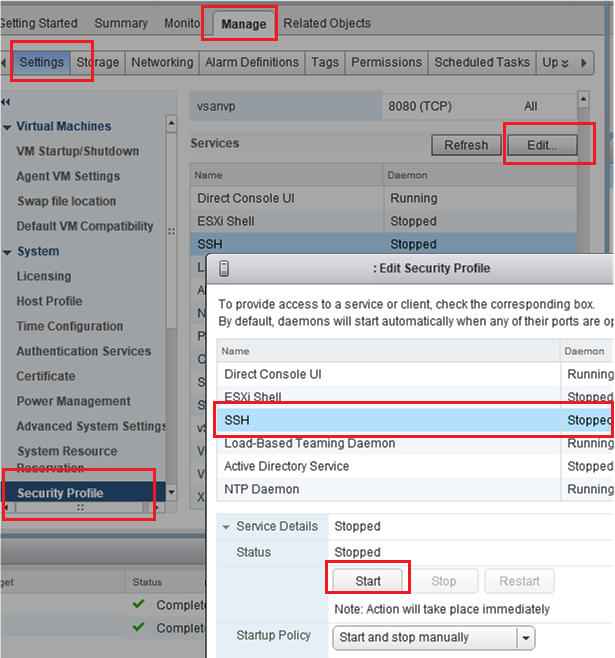

ESXI SSH COPY VIRTUAL MACHINE DOWNLOAD

To add the disk, I’ve used the ESXi host client as follows: This allows us to change the networking configuration thus avoiding a potential IP conflict with the source VM. Before powering up the VM, make sure to disable the network card first. Now that we finished copying the VMDK(s) to the target VM’s folder, we need to them via the VM’s hardware settings. Note :- You can Copy the File from Data store Folder by browsing Attach the copied VMDK to the target VM TEST-VM-01.vmdk TEST-VM-01.vmsd TEST-VM-01.vmx cp TEST-VM-01-flat.vmdk /vmfs/volumes/datastore1/TEST-VM-01-CLONE/ We need to copy the VMDK files – both the descriptor and flat file cp TEST-VM-01.vm Copy the source VMDK files to the folder of the VM previously created, TEST-VM-01-Clone in my case.

TEST-VM-01.nvram TEST-VM-01.vmx vmware-1.log vmware.logĬ. TEST-VM-01-flat.vmdk TEST-VM-01.vmsd TEST-VM-01.vmx~ vmware-3.log TEST-VM-01-CLONE cd /vmfs/volumes/datastore1/TEST-VM-01/ In this case, TEST-VM-01 is the virtual cd ls Navigate to the folder of the VM you want to be cloned. Note: The datastore, folder, and VMDK names will differ from those cited here for obvious reasons. Using an SSH client such as putty, log in ESXi as root and xopy the VMDKs from the source VM to the one created. And verify the resource details from Web client. Incase you added HDD over there delete that.

Both will return a list all the datastores associated with a given VM. If you wish to use PowerCLI, you can execute either of the one-liner statements next listed. The same details can also be obtained from the Hardware Configuration pane while the VM is selected. Finally, take note of all the VMDK filenames. The bit immediately following the datastore name, is the VM folder name it could be the case that the VM has multiple disks residing on different datastores and folders as per the example listed below. The bit enclosed by the square brackets corresponds to the datastore where the VM files reside. Using the host client, pull the settings for the VM and expand Hard Disk taking note of the Disk File value as you do. Regardless, you can get the details using a vSphere client or PowerCLI. Obtaining this information should be easy, since a standalone ESXi, more often than not, comes with a single local datastore. Determine the datastore, folder and VMDK names PowerCLI is one more tool to Manage ESXi services. Alternatively, you can start the TSM-SSH service using the embedded host client for recent releases of ESXi such as 6.5 or via the legacy vSphere client for older versions. Alternatively, try using vmksftools as per this KB. Note: If the VM being cloned includes snapshots, you must delete them first before using the cloning procedure here covered.
ESXI SSH COPY VIRTUAL MACHINE HOW TO
In this post, I will explain how to clone VMs on ESXi without vCenter Server using a vSphere client and shell commands.įirst create a target VM with identical hardware and resources as assigned to the one you’re cloning ,source VM.Ĭopy the source VMDK files (disks) to the target VM’s folder.įinally, attach the copied VMDKs to the target VM and verify that the clone boots up and works properly. Virtual machine cloning is a feature exclusive to vCenter Server but there is a workaround to this restriction.


 0 kommentar(er)
0 kommentar(er)
